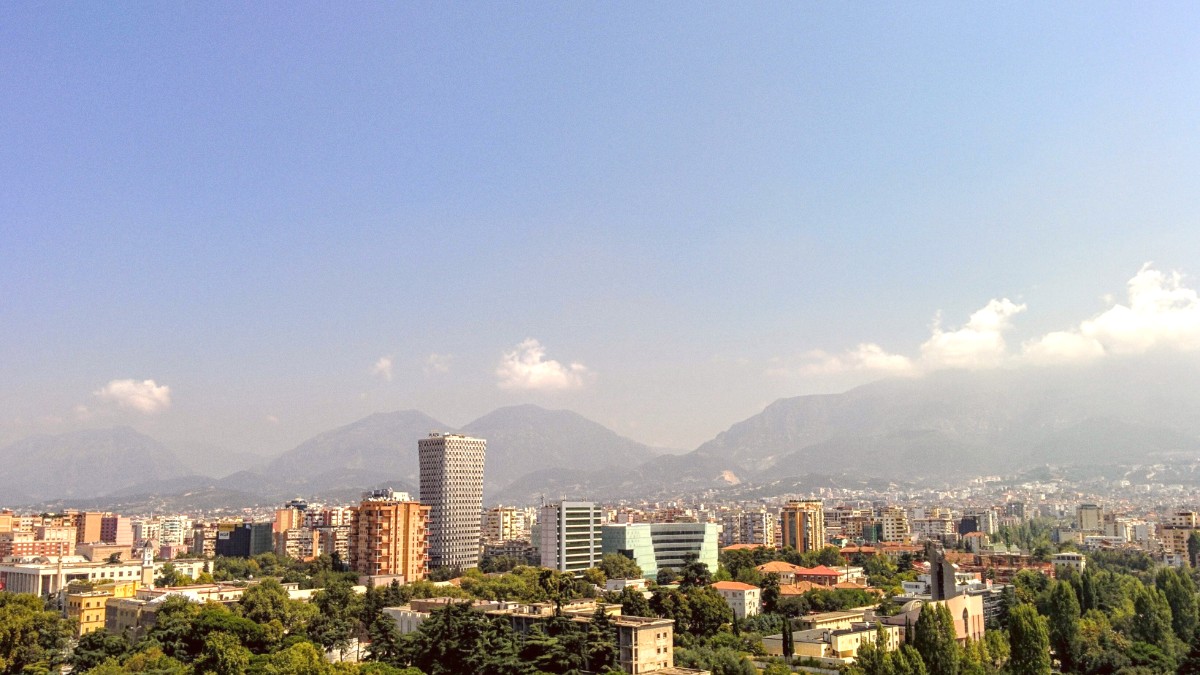
Albania
The city does not feature a metro or tram network. Instead, an extensive network of City buses (urban buses) acts as the main mode of public transport, joining various neighborhoods to the city center and beyond.
Bus routes cover most areas of Tirana. The main hub for many routes sits near Skanderbeg Square and the National History Museum. From this central point, connections are possible to different parts of the city. Routes to familiarize yourself with include the "Unaza" (Ring Road route), which circles the city center.
For real-time bus routes and timings, download Google Maps on your phone and use its public transport feature. It typically offers accurate information for Tirana's bus system.
Always have exact change or small denominations readily available, as conductors may not always carry large amounts of change. Each ride calls for a new 40 ALL payment.
Public buses are generally not wheelchair accessible, and infrastructure for travelers with mobility challenges is inconsistent. Newer areas or renovated pedestrian zones may present better accessibility.
40 ALL (€0.40)
Cash to conductor
~06:00 to 22:00-23:00
5-30 minutes, route dependent
Taxis and ride-sharing services present convenient alternatives to public buses, especially for direct routes, late-night travel, or when carrying luggage.
Easily hail taxis on the street or find them at designated stands near major attractions.
Always agree on the fare upfront or insist on the meter to prevent surprises, especially from tourist hotspots.
Be prepared to pay in Albanian Lek (ALL) cash, as card payment in taxis is not universal.
Rental vehicles offer independence for exploration beyond Tirana's city center. Options include cars, motorcycles, and bicycles, each with specific requirements and considerations.
Motorcycle and scooter rentals are also available from specialized shops, popular during warmer months. Requirements are similar to car rental, but a specific motorcycle license is necessary.
Offers nimble city navigation.
Tirana has some bicycle rental points, notably around the Grand Park. The city's bicycle infrastructure is not as extensive as in major European cycling cities. Rental prices are typically low, around €5-€15 per day.
Good for leisurely park rides.
No specialty vehicle options like tuk-tuks or jeepneys are relevant for Tirana's urban transportation. Focus on common vehicles.
Not applicable for Tirana.
Walking and cycling present immersive ways to experience Tirana, specifically its central areas and green spaces. These modes offer intimate encounters with the city's character.
No specific "no-go" areas exist for pedestrians. Exercise caution on busy main roads with heavy traffic. Always use pedestrian crossings.
No specific "no-go" areas exist for cyclists. Remain highly aware of your surroundings and prepare for unpredictable traffic movements.
For walking, comfortable, sturdy shoes are . For cycling, a helmet and reflective gear, especially at night, are highly recommended.
Tirana also features a few specialized transportation options that add to the tourist experience. These modes often offer unique perspectives or convenient access to specific attractions.
Very cheap, extensive network. Can be crowded, not wheelchair accessible, cash only payment. Best for budget travel, reaching specific neighborhoods.
Convenient, widely available. Can be subject to price negotiation, cash preferred. Best for quick trips, when carrying luggage.
Transparent pricing, cashless payment, reliable. Requires smartphone app and data. Most recommended for convenience and fair pricing.
Tirana's compact city center makes walking enjoyable. For longer distances, embrace the very affordable public buses or convenient ride-sharing apps like Bolt.
Consider renting a car only if you plan extensive exploration of regions outside the city, given the driving conditions within Tirana.